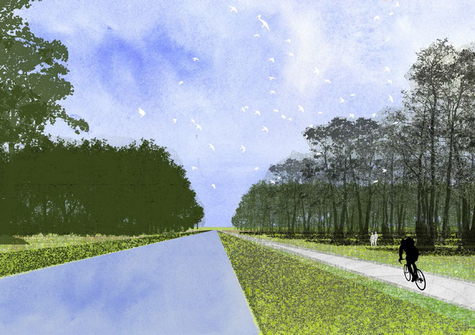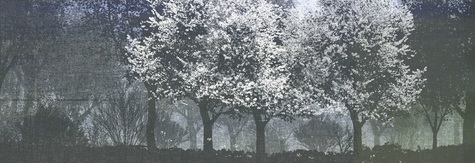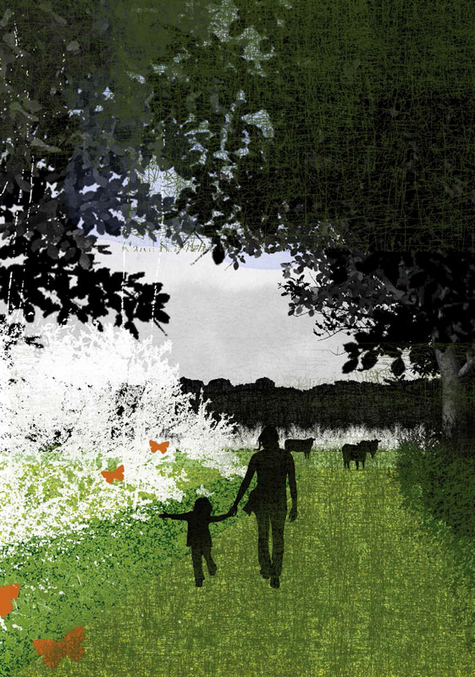Marijne Beenhakker
- Course
- Landscape Architecture
- Class
- 2015
Nieuw perspectief voor Hollandse Hout
How a boring and eroded polder forest quickly changes into an ecologically rich and significant area
With my project, I want to stand up for the forest areas in Flevoland. The forest is a relevant part of the Flevopolder. It stimulates the senses and offers shelter to human and animal in a rational, open landscape. Flevoland has a relatively large amount of forest on clayey soil. That is unique, due to the suitability of the soil as cultivated land. Forest on clayey soil can, if given the chance, develop into a an extraordinarily beautiful type of forest: lush, rich in species and structure, with many spring bloomers. 'New perspective for the Hollandse Hout’ is an example of a possible new phase for forests in Flevoland.
The Hollandse Hout is a forest of approximately 850 hectares, which stretches like a solid block between Lelystad and the Oostvardersplassen nature reserve. It was designed at the beginning of the 1970s and was assigned a multi-functional purpose, with wood production as dominant factor. The forest was intended to be the future recreational area of Lelystad and a buffer to an industrial area (the current Oostvaardersplassen nature reserve). It is made up of a collection of irregular sections with monocultures, of which half are poplar. The intention was to gradually transform sections with poplar into sustainable deciduous trees species, and to make the forest attractive to visitors through structures grown over time. That never happened.
The sections with poplars are now on the verge of collapse. The forest is boring, with hardly any open spaces, does not really belong anywhere and the forest experience is disrupted by motorised traffic. The unique potential of forest on clayey soil, as lush flowery type of forest, is being hindered by the current developments. In short: the forest area is in need of renewal.
Design
I visualised the genesis of the Oostelijk Flevoland area in a poetic way with an animation. It shows the transformation process from open water to fertile agricultural polder. Long polder lines, the planting of reed for drainage of the mud flats and the use of succession planting for the ripening of the soil were essential to this. Using a differentiated approach for the eroded poplar sections, I translated these elements in the forest.
Within the grid of the current forest structure, part of the poplar sections are flooded and part is included in a new, agricultural business. In this way, variation and vitality is created, and the forest opens itself to the surroundings. The wet parts are located along a widened polder trail and consist of reed and alder. The new land is located on the polder road, which is marked by a rapeseed verge. The land includes an intensively and an extensively managed section. Along the meadows and existing broad grass paths, there is a extended, continuous forest border on the sunny side with an abundant white spring bloom. The long polder lines become fast routes for slow traffic; there are various trails from popular areas on the edges of the forest.
A process has been devised for the transformation into a ‘natural’ forest mosaic for the remaining poplar sections. The development of this would take hundreds of years without intervention. By using an innovative method, whereby different forest development phases are imitated with new plants and shrubs, a direct alternation between closed and open, light/dark, wet/dry and warm/cold arises. The richness of forest on clayey soil is revealed here within the space of a lifetime.
Commission: Berdie Olthof (mentor), Karen de Groot, Paul Roncken. Additional members for the examination: Ivonne de Nood, Mirjam Koevoet.







